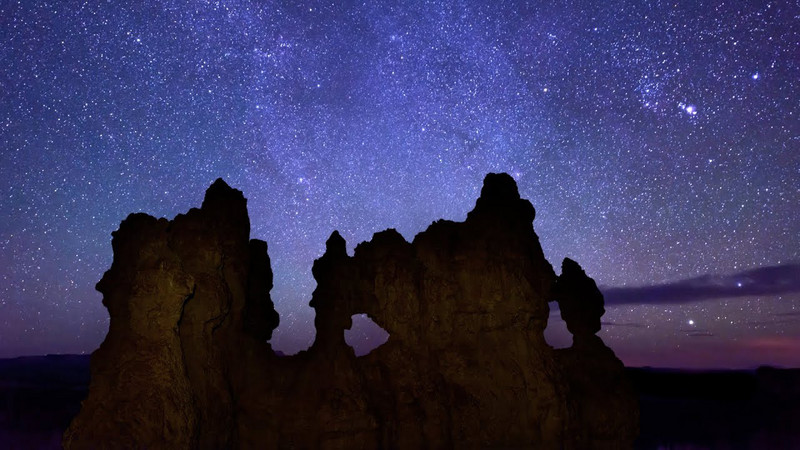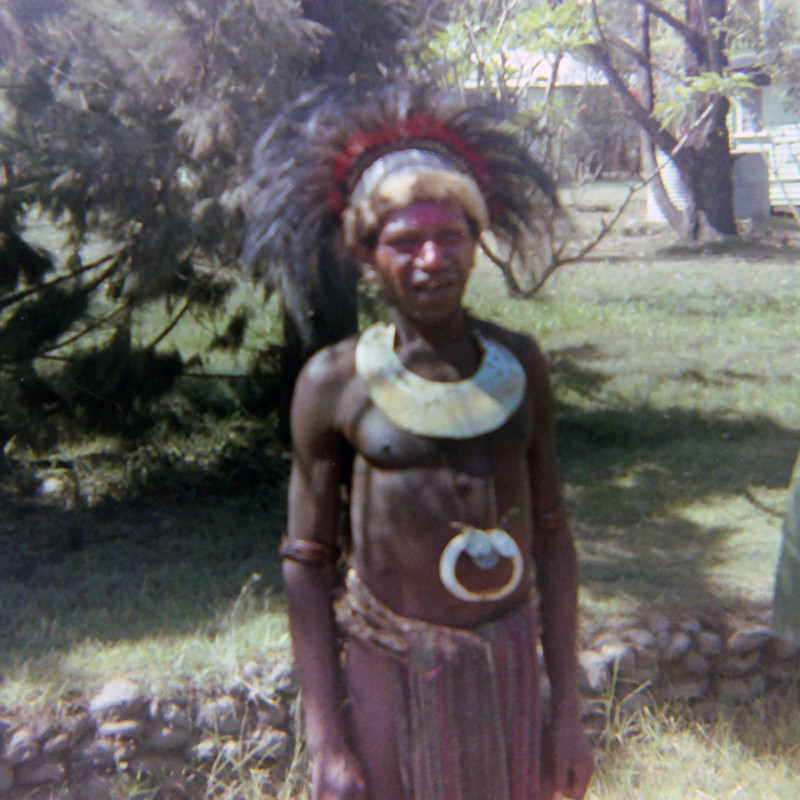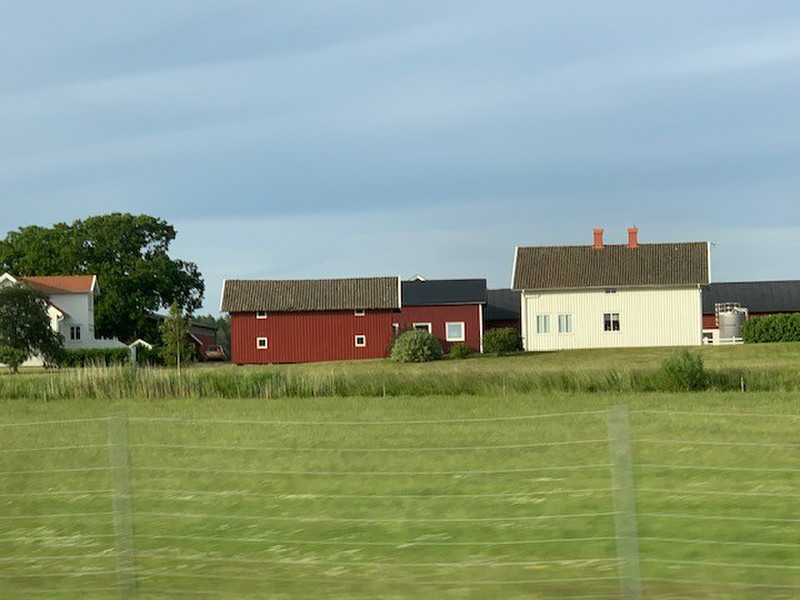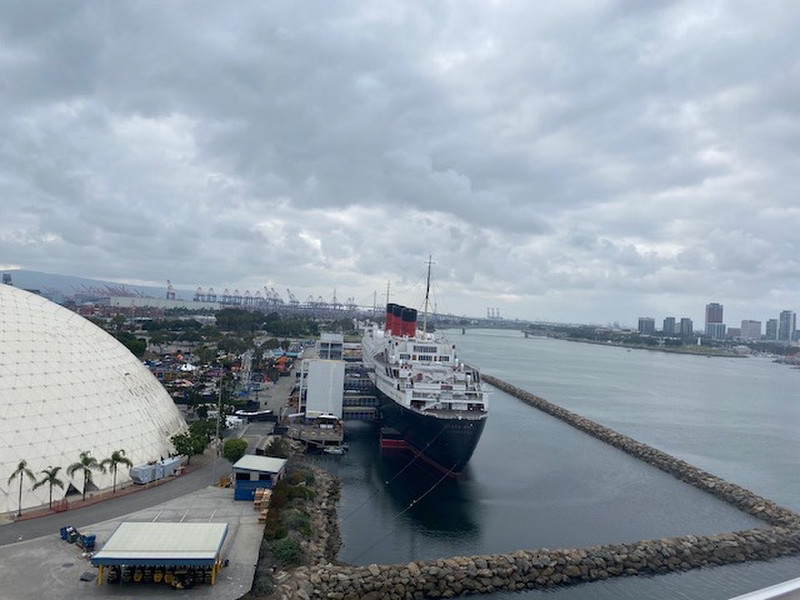Most of us who are stuck in urban areas really do not get to enjoy a vast sky full of stars. Growing up out in the country, we took the star filled skies for granted. Now, it appears that special places are better for stargazers. And some are quite spectacular. Do you remember laying on the lawn in your yard, and staring up at the sky when you were a kid? Definition of a stargazer: a person who stargazes, as an astronomer or astrologer. A dreamer. An impractical idealist. Any of several marine fishes of the family Uranoscopidae, having eyes on the top of head. Sand stargazer. From AFAR: But theres nothing quite like looking up into an expansive night sky dotted with shooting stars, planets, and constellations. The International Association (IDA), founded in 1988, recognizes more than 130 places—urban settings, national parks, nature reserves—that preserve the planets darkest, most skies. UNESCO also recognizes a number of certified Starlight Reserves on its list of Astronomical Heritage sites. These spectacular stargazing spots offer visitors opportunities to learn more about the universe and reconnect with the incredible planet we all call home. From Utah to Namibia, here are some of
the worlds best places to see starry skies. Closer to home: Tahoe, Moab, Cape Cod, Mojave, Nevada Desert, So, here are a few that I have visited.Bryce Canyon National Park is one of 15 certified Dark Sky places in Utah, along with Canyonlands NP, Arches NP, and Rainbow Bridge National Monument. AFAR: Bryce Canyon is particularly noteworthy for its hoodoo rock formations and its especially starry night skies. The more than national park in Utah is than the nearby Grand Canyon (which is also an International Dark Sky Park)—and thus, its better for more remote stargazing and astronomy programming. On nightly excursions led by the parks highly trained Astronomy Rangers, visitors can check out up to 7,500 stars, see a view of the Milky Way, and catch glimpses of both Venus and Jupiter. BTW, sunset and sunrise are pretty spectacular too!Mauna Kea on the Big Island of Hawaii is a favorite for many. Along with the spectacular lava flows, the night sky is one of the best I have ever seen. AFAR: About halfway up Mauna Kea, which reaches nearly 14,000 feet above sea level, the Onizuka Center for International Astronomy Visitor Information Station offers nightly stargazing programs and specialty tours with telescopes
for visitors. Who thinks of stars when visiting Hawaii? Not me!Sagarmatha National Park in Nepal might be one of the more difficult places to reach. This UNESCO World Heritage site attracts stargazers as well as trekkers and mountain climbers. Of course, we only flew OVER the Everest area, and certainly not at night. AFAR: Visitors dont need to be ready to trek the slopes of this giant to get a memorable experience in the area. The national park also includes a series of hiking trails on slightly more approachable mountain peaks as well as a forested zone, where adventurers can view the towering Mount Everest surrounded by a broad night sky and smattering of bright stars. FYI, this is a very different part of the world, but you must visit!Denali National Park is another remote corner of the world, though it contains over 6 million acres, and home to the highest summit in North America. And certainly, there is little light and pollution there. AFAR: Stars, planets, and even the Aurora Borealis (northern lights) are visible in the dark night sky throughout most of the year. Those looking for optimum stargazing opportunities
should visit the national park during fall, winter, or spring, when the area experiences longer periods of darkness for extended hours of stargazing. Truth be known, I was in the area to see the Aurora borealis, not the stars, though we did see plenty of stars.Atacama Desert and Elqui Valley in Chile, another remote corner of the world is spectacular any time of day or night.









